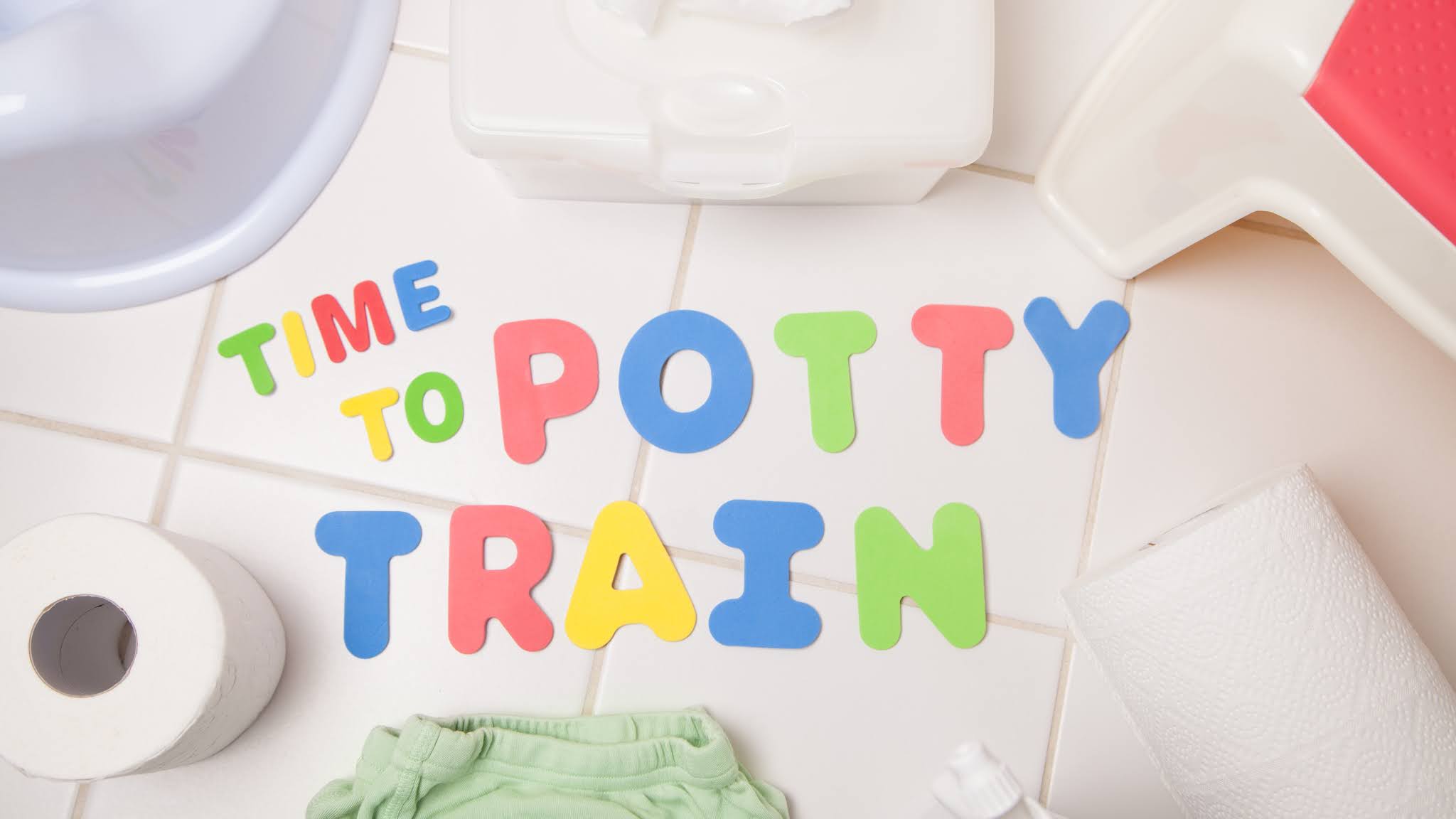Potty training is an important milestone in every child’s development. While some children take to it naturally, others may struggle, leaving parents feeling frustrated and unsure of what to do next. If your little one isn’t picking it up right away, don’t worry—every child is different, and potty training is a journey, not a race.
This guide will provide practical potty training tips, helping you navigate this phase with patience, encouragement, and confidence.
When to Start Potty Training
There is no universal age for potty training, but most children show signs of readiness between 18 months and 3 years. Some children may start earlier, while others may take longer to grasp the concept. The key is to look for signs that your child is ready rather than focusing on age alone.
Signs Your Child May Be Ready for Potty Training
- Staying dry for longer periods or waking up dry from naps
- Showing awareness of a wet or dirty nappy
- Hiding to poop or showing discomfort when soiled
- Displaying interest in the toilet or potty
- Telling you before or after they go
- Can follow simple instructions
Even if your child shows these signs, it’s important to remember that potty training takes time. Patience and consistency are key!
How to Start Potty Training
Choose the Right Time
Potty training requires dedicated time and focus, especially in the early days. Some parents choose to start during school holidays or take time off work so they can give their child their full attention. Starting when life is less busy can help avoid frustration and setbacks.
Pick the Perfect Potty
There are many different types of potties available:
Musical potties that play sounds when used
Character-themed potties featuring your child’s favourite cartoons such as a Peppa Pig Potty
Brightly coloured potties to make them more inviting
Tip: Let your child pick their own potty to get them excited about using it!
Introduce the Potty in a Fun Way
Reading potty training books or watching videos with fun illustrations can help children understand the process. Visual aids such as potty training charts with stickers can also make learning more engaging.
Establish a Potty Routine
Encourage your child to sit on the potty at regular intervals, such as:
After waking up
After meals
Before bath time
Before bed
Even if they don’t need to go, getting them used to the routine is important.
Use Positive Reinforcement & Rewards
Some children respond well to sticker charts, while others may prefer small rewards like toys, extra playtime, or praise. Find what motivates your child and celebrate their successes!
Choose Between Underwear or Pull-Ups
Many parents debate whether to use pull-ups or underwear during potty training. Underwear helps children recognise wetness, which can speed up learning. Pull-ups, however, can be useful during naps and bedtime.
Tip: If you choose underwear, be prepared for accidents. Keep spare clothes handy!
Common Potty Training Challenges & How to Overcome Them
Handling Potty Training Accidents
Accidents are a natural part of potty training, so stay calm and reassuring. If your child has an accident, avoid getting upset. Instead, say something positive like:
“That’s okay! Next time, let’s try to get to the potty sooner.”
Helping a Child Who’s Scared to Poop
Many children are afraid of pooping in the potty. They may hold it in, leading to constipation. To help:
Make sure they’re drinking plenty of fluids
Give them fibre-rich foods like fruit and whole grains
Encourage them to sit on the potty when they usually poop
If they refuse to go in the potty, you can let them use a nappy for now while they get used to sitting on the toilet.
Nighttime Potty Training
Night training takes longer than daytime potty training. It’s normal for children to wear nappies or pull-ups at night even after they are dry during the day.
Tips for Night Training:
Limit drinks 1-2 hours before bedtime
Encourage them to use the potty before bed
Use a waterproof mattress protector for easy cleanup
Expect some bedwetting at first—this is completely normal!
Final Thoughts
Potty training is a big milestone for both you and your child. It may take time, but with patience, consistency, and encouragement, your child will eventually get there.
Remember: Every child is different! If potty training takes longer than expected, don’t stress—they will get there in their own time.
- If you enjoyed this post leave us a comment.
- If you have visited any of the attractions mentioned in this post share photos with us on our socials.
- If this post has helped you in anyway you can Buy Us A Virtual Coffee to say thanks.
- If you would like to work with us please visit on Work With Us page for more details
Michelle











.png)










Post a Comment
Thanks for your comments. I love reading them :)